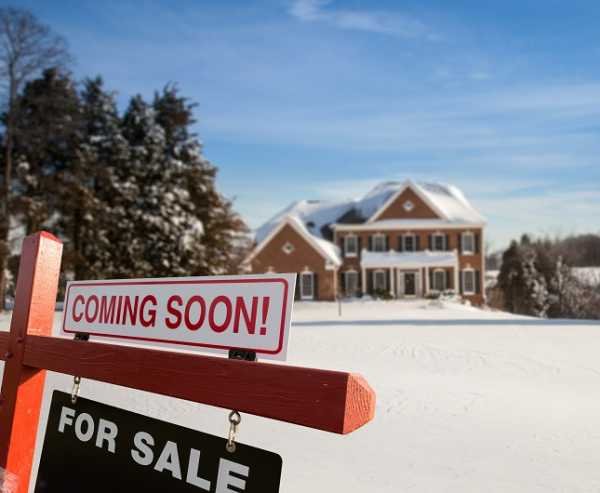In the week ending January 19, US mortgage rates fell for the second time in four weeks and the eighth time in ten weeks. 30-year fixed mortgage rates decreased by 18 basis points to 6.15%.
Following the latest decline, 30-year fixed rates are up 116 basis points from the August 3 most recent low of 4.99%. 30-year fixed rates were up 259 basis points year-over-year.
Economic Data from the Week
It was a busy week on the US economic calendar. NY Empire State Manufacturing numbers, retail sales, and industrial production figures raised the possibility of a hard landing.
In January, the NY Empire State Manufacturing Index fell from -11.20 to -32.90, with industrial production declining by 0.7% in December. Retail sales numbers delivered a more gloomy picture, falling by 1.1% in December, following a 1.0% decline in November.
Inflation was also in the spotlight, with US wholesale inflationary pressures softening at the end of the year.
Hawkish FOMC member chatter failed to drive yields higher, despite members James Bullard and Loretta Mester talking about pushing rates beyond 5%.
Freddie Mac US Mortgage Rates
The weekly average rates for new mortgages, as of January 19, 2023, were quoted by Freddie Mac to be:
- 30-year fixed rates fell by 18 basis points to 6.15%. This time last year, rates stood at 3.56%.
- 15-year fixed rates slid by 24 basis points to 5.28%. Rates were up by 249 basis points from 2.79% a year ago.
According to Freddie Mac,
- Mortgage rates continued to head south as inflation pressures eased further.
- The latest decline left mortgage rates at their lowest level since September 2022, supporting a pickup in homebuyer demand and homebuilder sentiment.
- While falling mortgage rates have delivered the housing market much-needed support, supply constraints remain a concern.
Mortgage Bankers’ Association Rates
For the week ending January 13, 2023, the rates were:
- Average interest rates for 30-year fixed with conforming loan balances decreased from 6.42% to 6.23%. Points fell from 0.73 to 0.67 (incl. origination fee) for 80% LTV loans.
- Average 30-year fixed mortgage rates backed by FHA decreased from 6.39% to 6.26%. Points rose from 1.03 to 1.05 (incl. origination fee) for 80% LTV loans.
- Average 30-year rates for jumbo loan balances slipped from 6.09% to 6.08%. Points fell from 0.66 to 0.40 (incl. origination fee) for 80% LTV loans.
Weekly figures released by the Mortgage Bankers Association showed that the Market Composite Index, a measure of mortgage loan application volume, surged by 27.9%. The Index rose by 1.2% in the previous week.
The Refinance Index jumped by 34% and was 81% lower than the same week one year ago. Over the previous week, the Index increased by 5%
The refinance share of mortgage activity rose from 30.7% to 31.2% in the week ending January 13. In the week prior, the refinance share increased from 30.3% to 30.7%.
According to the MBA,
- Mortgage applications rebounded strongly in the first full week of January, with both purchase and refinance activity rising at a marked pace.
- Nonetheless, purchase volumes sit 35% below levels one year ago despite mortgage rates being at their lowest level since September 2022.
- As spring approaches, lower mortgage rates and an increase in inventories will support first-time buyers.
For the week ahead
It is a busy first half of the week, with prelim US private sector PMI numbers for January in focus on Tuesday. Following the disappointing ISM survey-based PMI numbers, a deeper contraction in the services sector would fuel fears of a hard landing.
With no other stats to consider and the Fed entering the blackout period, weak numbers would likely send mortgage rates south for a third consecutive week. There will be no FOMC member chatter to spook the markets ahead of the February interest rate decision.
From the week prior, the decline in initial jobless claims from 205k to 190k will leave the threat of another hawkish Fed interest rate hike. However, the markets are betting on a 25-basis point hike, with cracks in the US economy and easing inflationary pressure supporting a less aggressive policy move.








